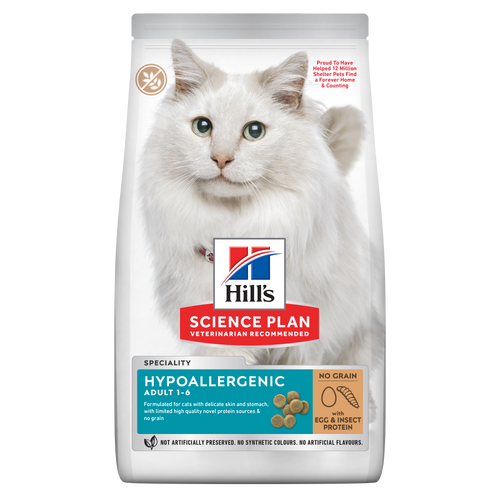About
All the poodles share a square outline, with a long, elegant neck and a straight back.Poodles tend to have a leggy appearance and a long muzzle combined with dropped ears. They move with a springy, lively gait.The coat of the poodle is their crowning glory. Dogs competing in the breed ring must have a specific clip, with areas of extravagant hair coupled with skin tight clipping. These clips actually developed for a reason: they provided a thick coat over the joints and chest to keep them warm while working in cold water. Many guardians elect to keep their dogs in a kennel or working clip, with the coat clipped fairly short and pompoms left on the head and tail. A few poodles are seen with a corded coat, in which the tight curls forms long bands like dreadlocks.The poodle coat should be tight and curly unless brushed out vigorously. Poodles are known as good dogs for people with allergies because the hair does not routinely shed out; instead, it matts to itself. This is why poodles need clipping or frequent grooming because the mats can be painful. The commonly seen colours of poodles are silver, black, white, apricot and chocolate. Reds do appear as well as creams and blues. Bi-colours such black and white are not considered acceptable in the show ring.|
Personality
Poodles are notorious for their intelligence and ease of training. They are lively, active, fun-loving dogs with a sense of the ridiculous. Poodles thrive on attention and can develop bad habits such as nuisance barking if ignored or left alone.The smaller poodles can be aggressive to people outside their families or to other dogs. They should have early socialisation to other people and pets and a firm hand in training. Poodles can be protective of their families and homes.It should be remembered that poodles are basically hunting dogs in elegant attire and do require exercise and training to be at their best as companion dogs.
What to Expect
Poodles can easily gain weight, so guardians should not indulge them with too many treats. Many poodles live a comparatively long life, with the smaller poodles reaching as much as 17 years of age, while the standards tend to live for 12 to 14 years.Grooming is a fact of life with a poodle. With the tendency of the coat to mat, poodles should have a close clip or be groomed almost daily. Show coats require frequent baths, tying up of topknots and ear fringes and oiling of the coat, to keep it from getting brittle. A steady hand on the scissors is also important.Poodles are good family dogs — fun, energetic, smart and easy to train. They do best with plenty of exercise for both mind and body and prefer to be with people most of the time. They are not good kennel dogs. Socialisation should begin early and include other people, other pets and a grooming routine. These dogs are exceptional jumpers, so be careful with your garden fencing!
History
While commonly associated with France, the poodle actually is of German origin, possibly descending from the barbet. The breed became "set" in type in the 1800s, although earlier examples of poodle-like dogs are known. The word poodle comes from the German "pudel" meaning puddle or splash.Poodles started out as hunting dogs, especially good at water retrieving. With their quick intelligence and desire to please, they branched out into performing dogs with travelling troupes and circuses. Aristocracy, particularly in France, discovered the breed and delighted in both the personality and the incredible hair coat, which could be shaped in myriad ways.Despite the new image of the poodle as an elegant, somewhat spoilt aristocrat, we should remember that they are still called "caniches" in France, meaning duck dog.The three varieties constitute one of the most popular breeds in the world. Poodles shine in the glamour of the show ring, but they also work as guide dogs for the blind and police dogs. They compete in all dog sports, from running the Iditarod and herding sheep to obedience and agility. The first proponent of obedience in the United States, Blanche Saunders, had standard poodles.
Adopt a pet. Change a life.
Are you prepared to adopt a pet? Use these tools to make sure you are ready for the commitment.
Adopt a pet. Change a life.
Are you prepared to adopt a pet? Use these tools to make sure you are ready for the commitment.























